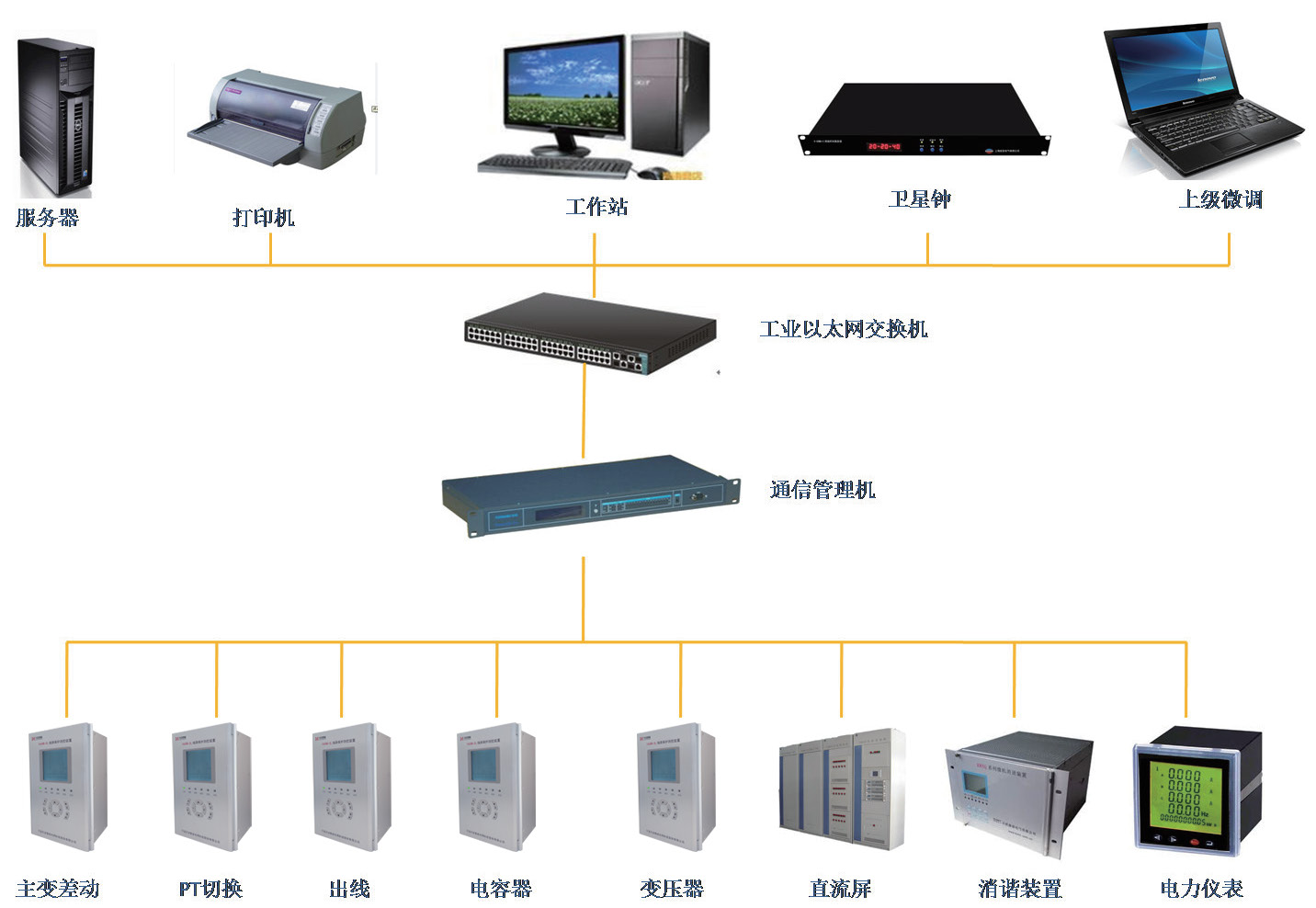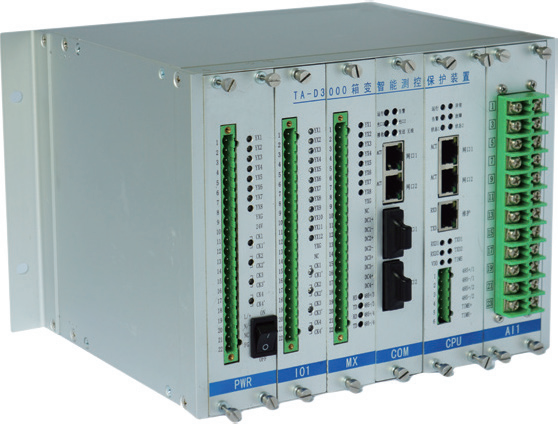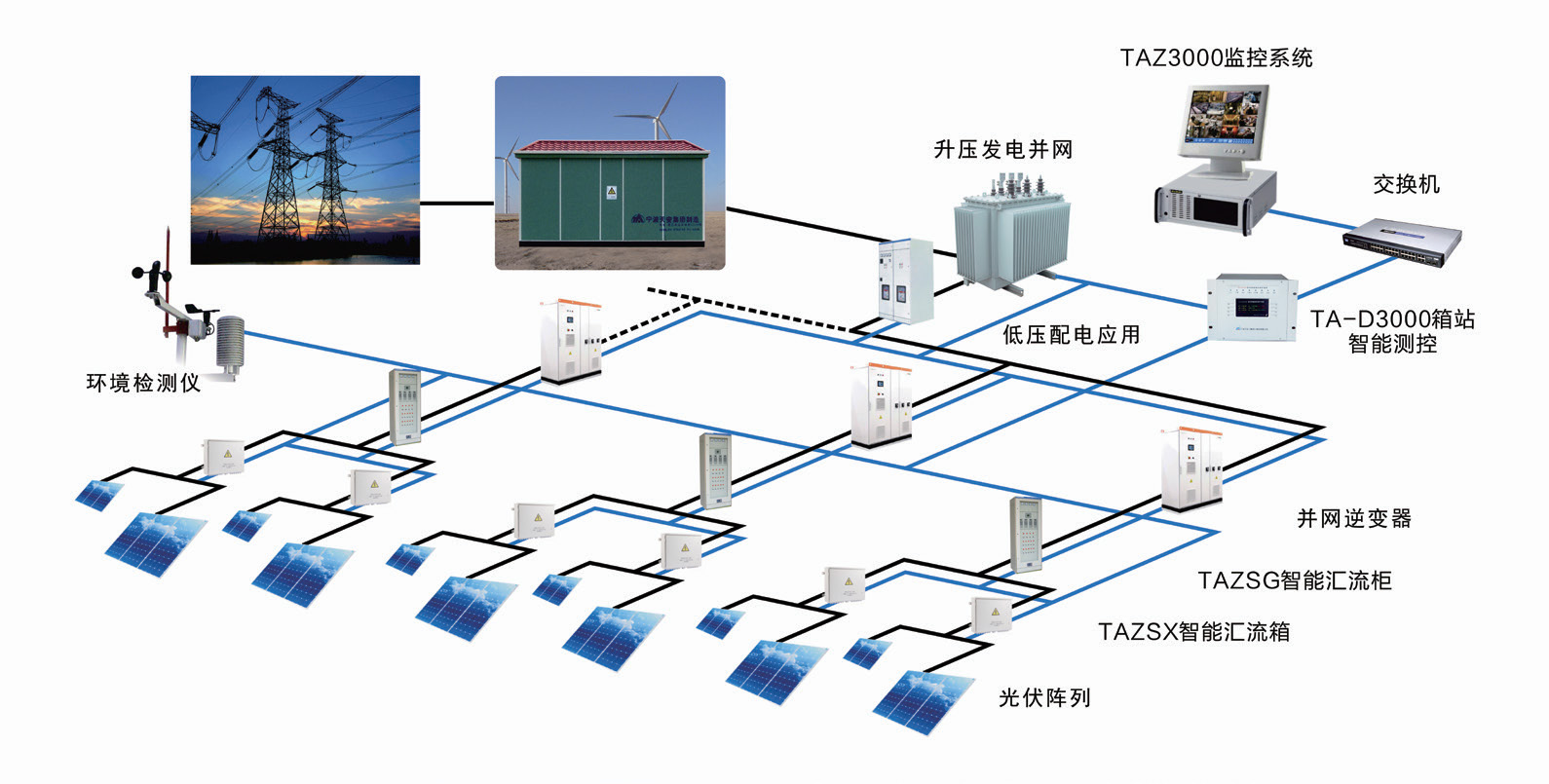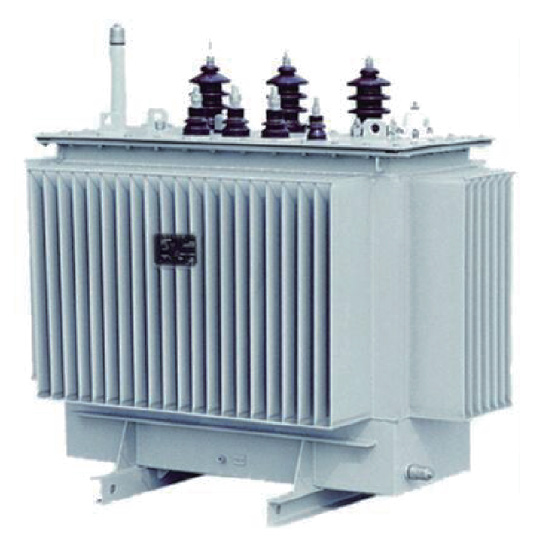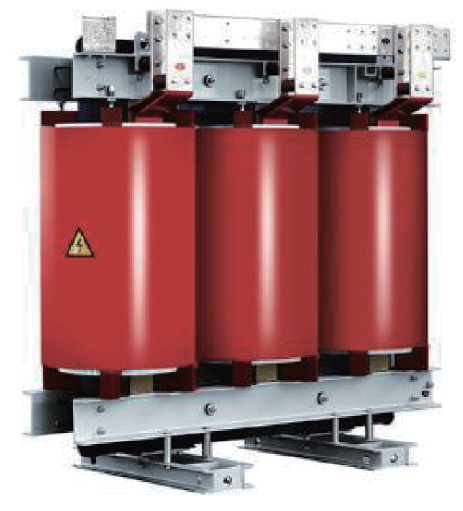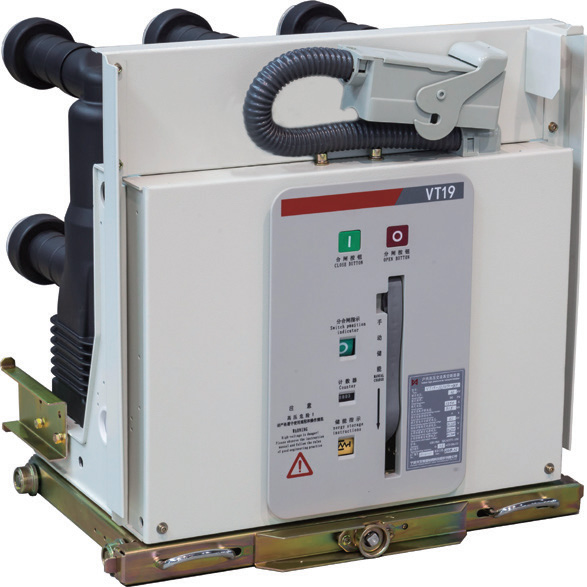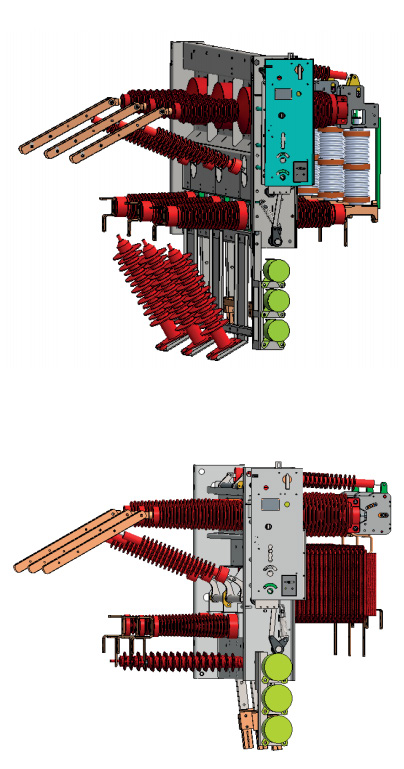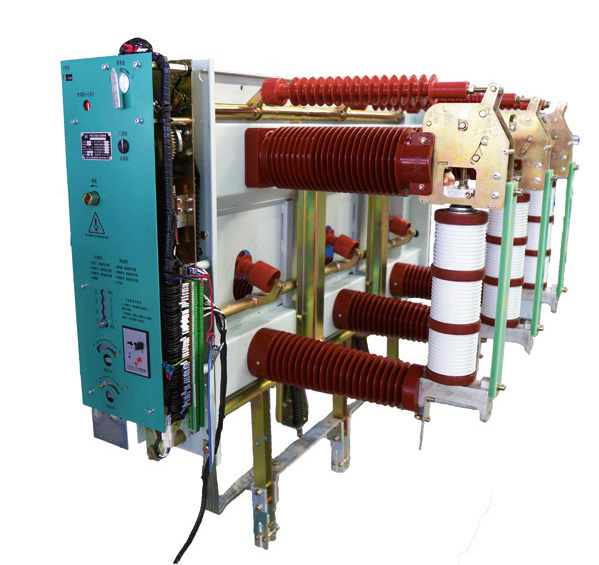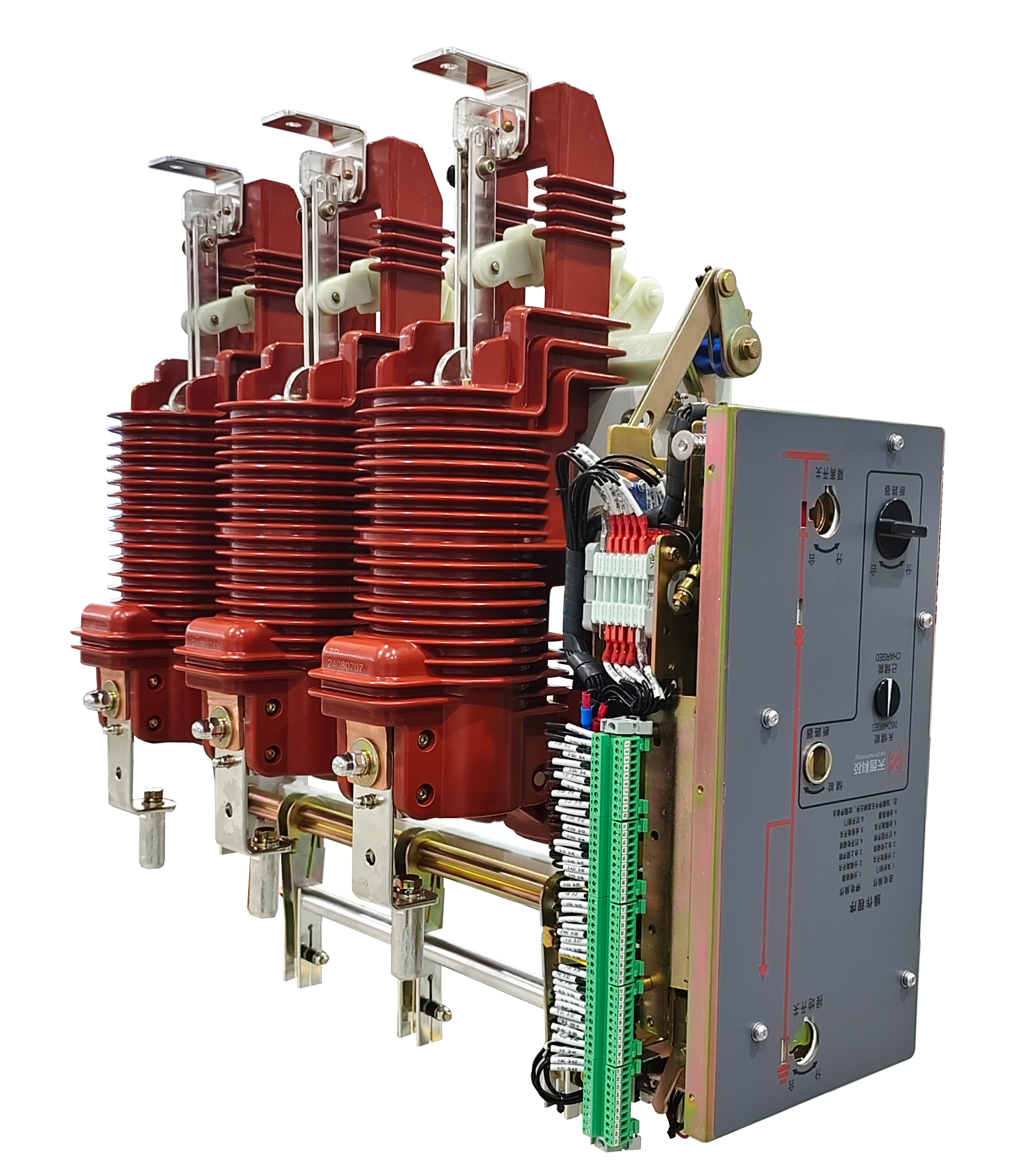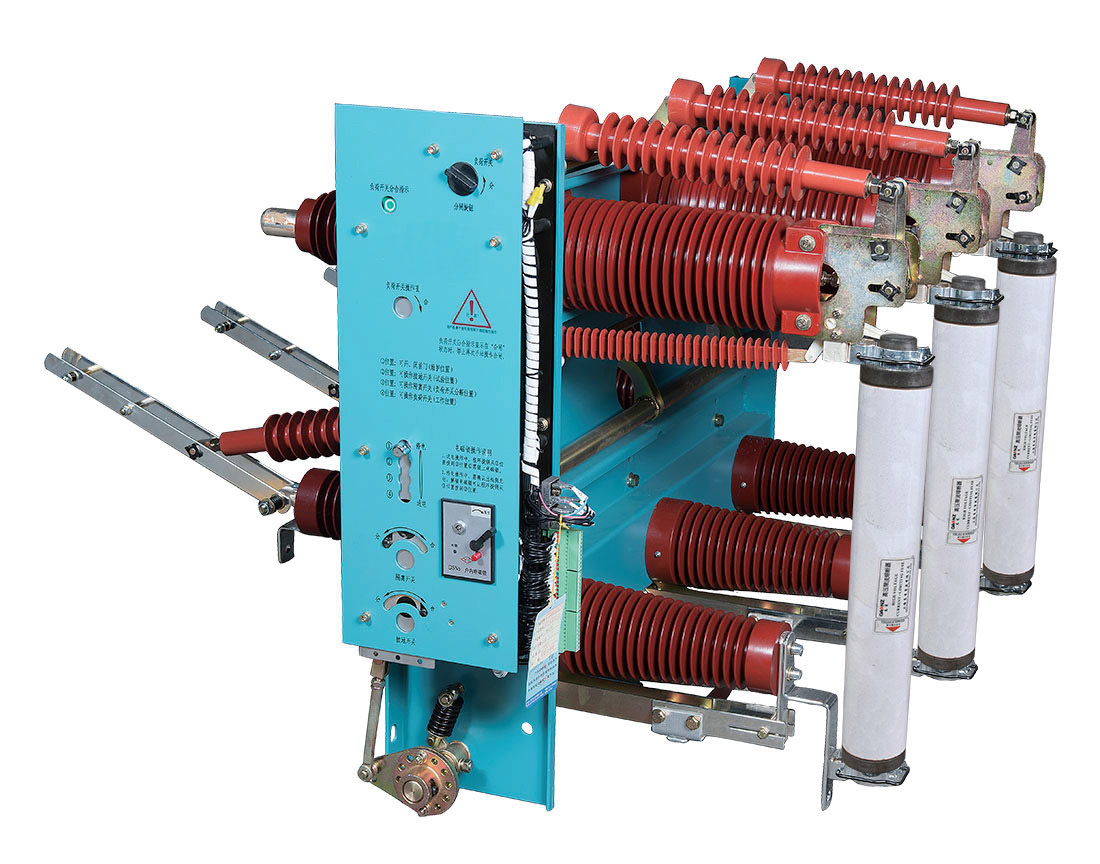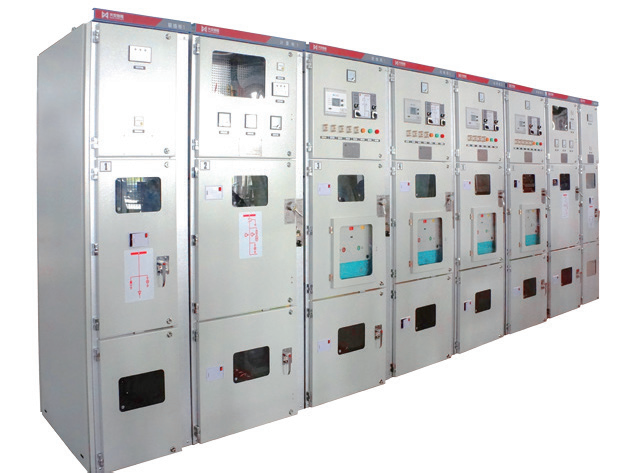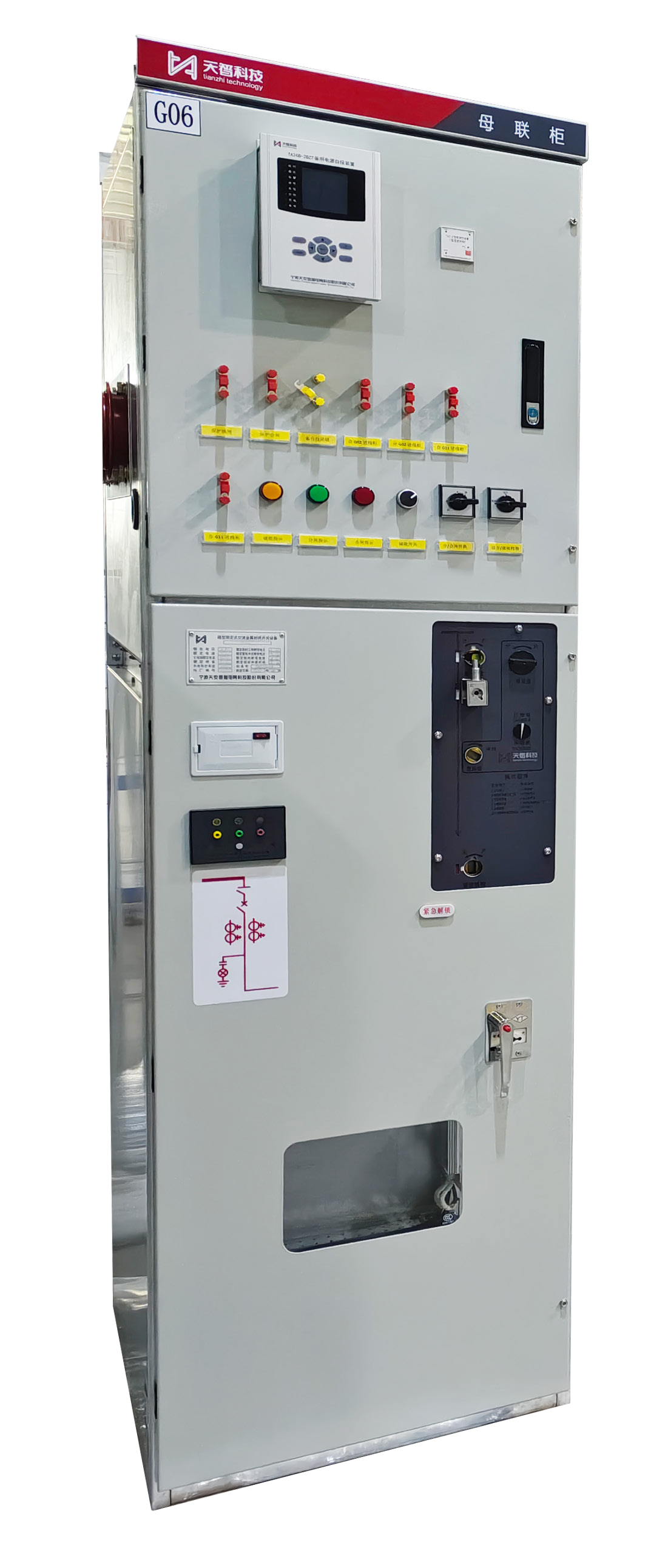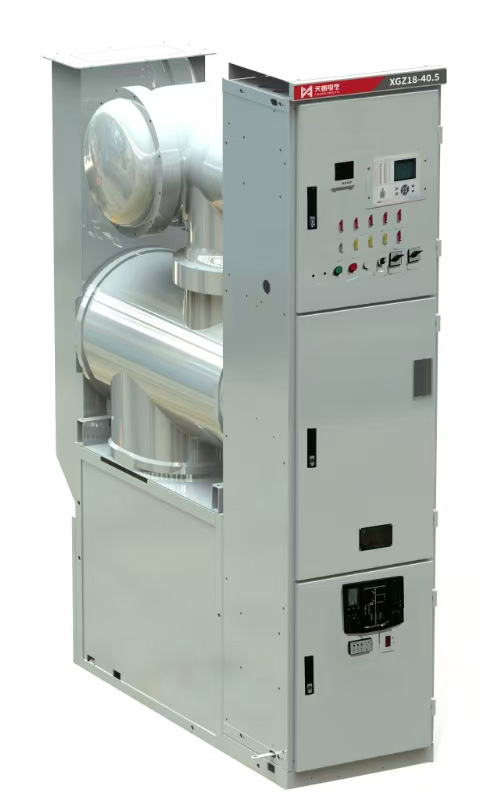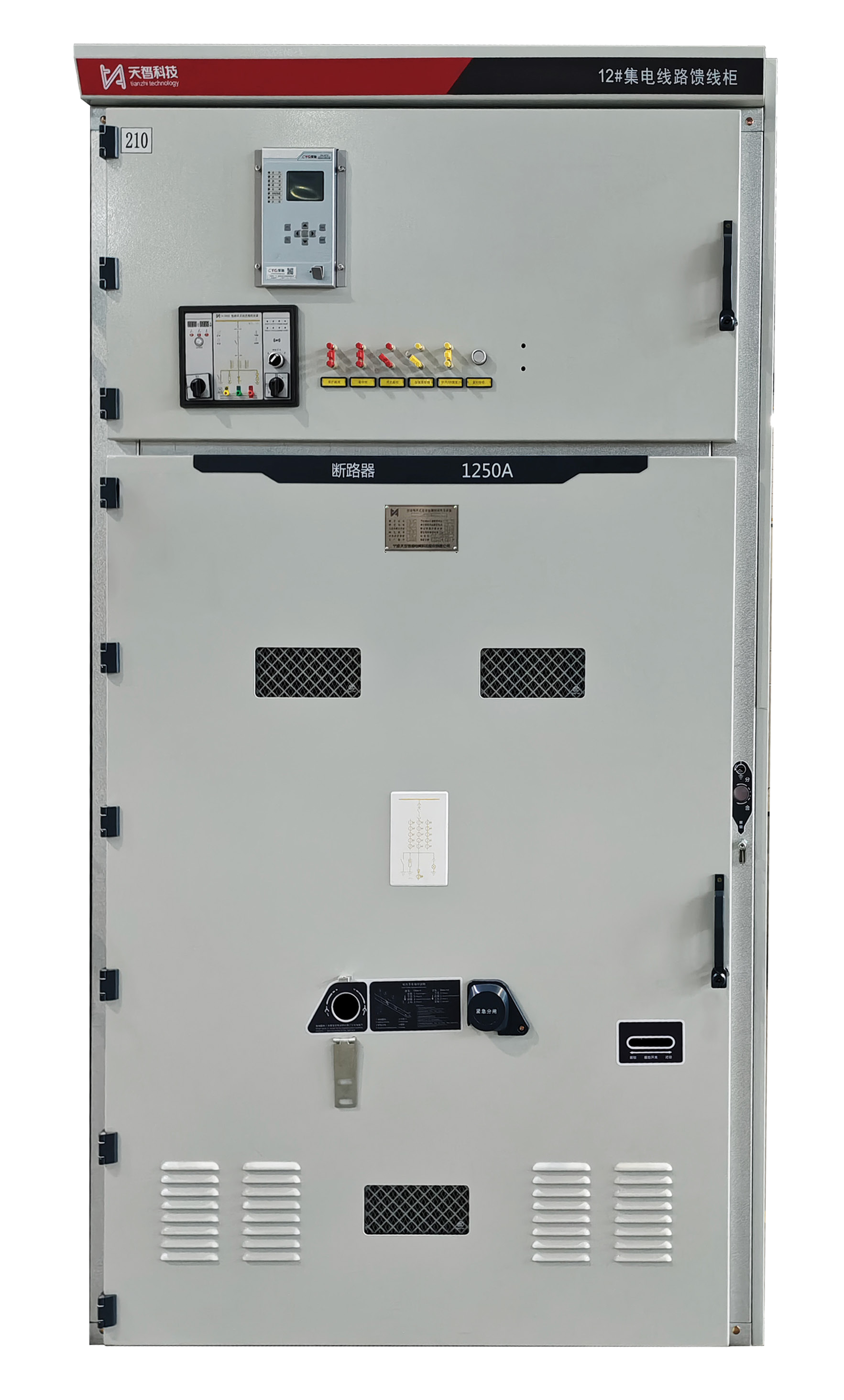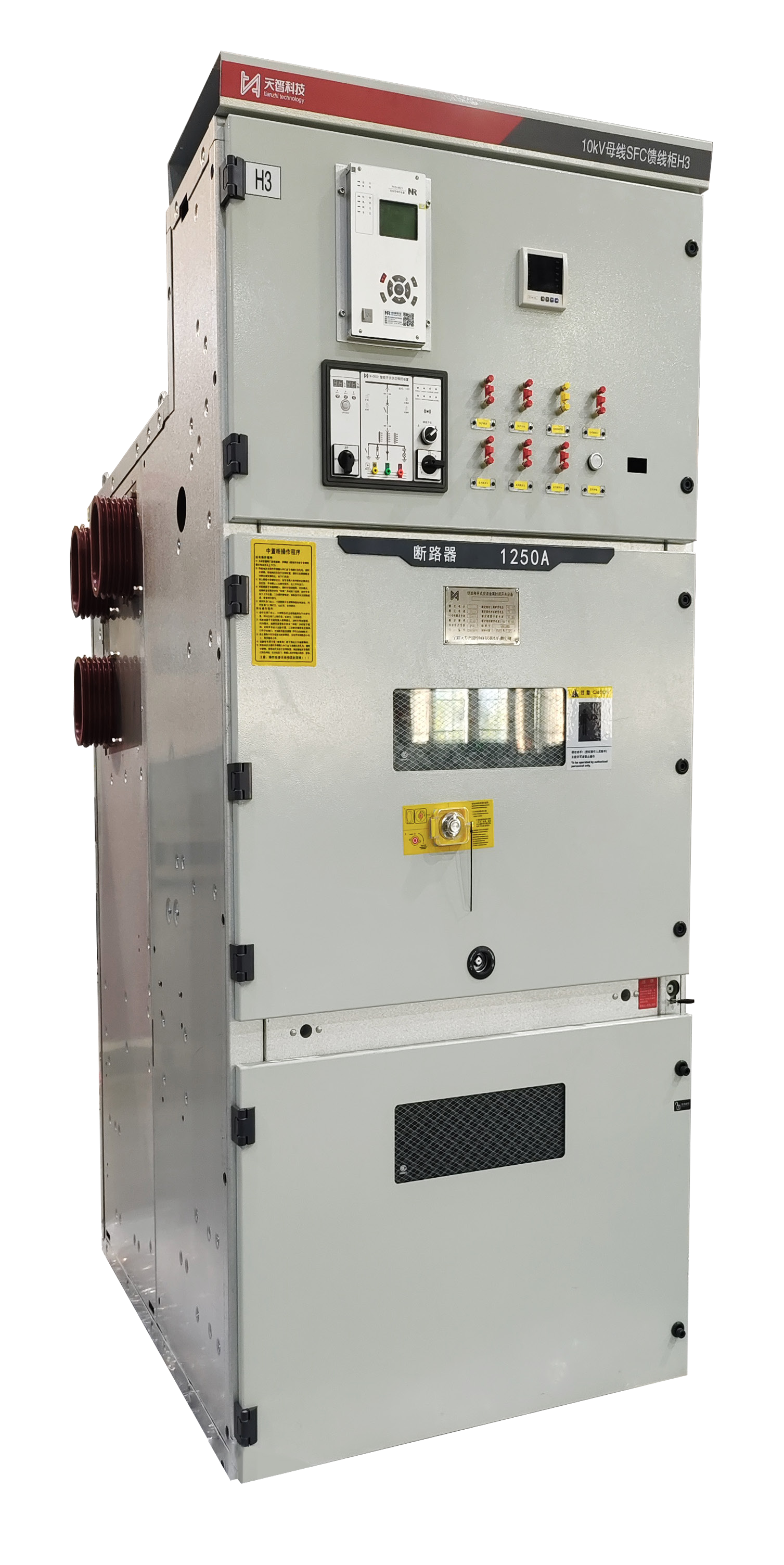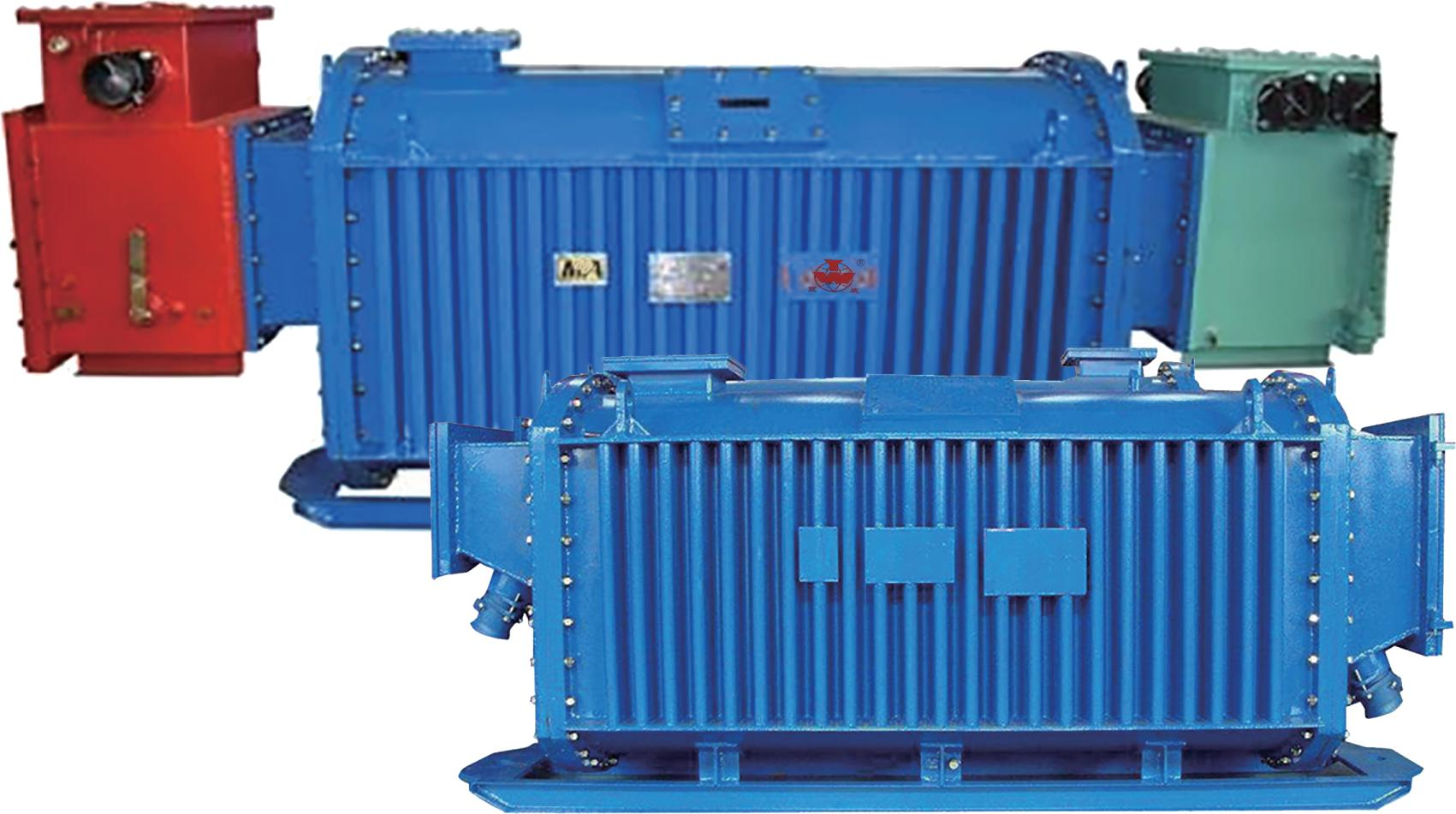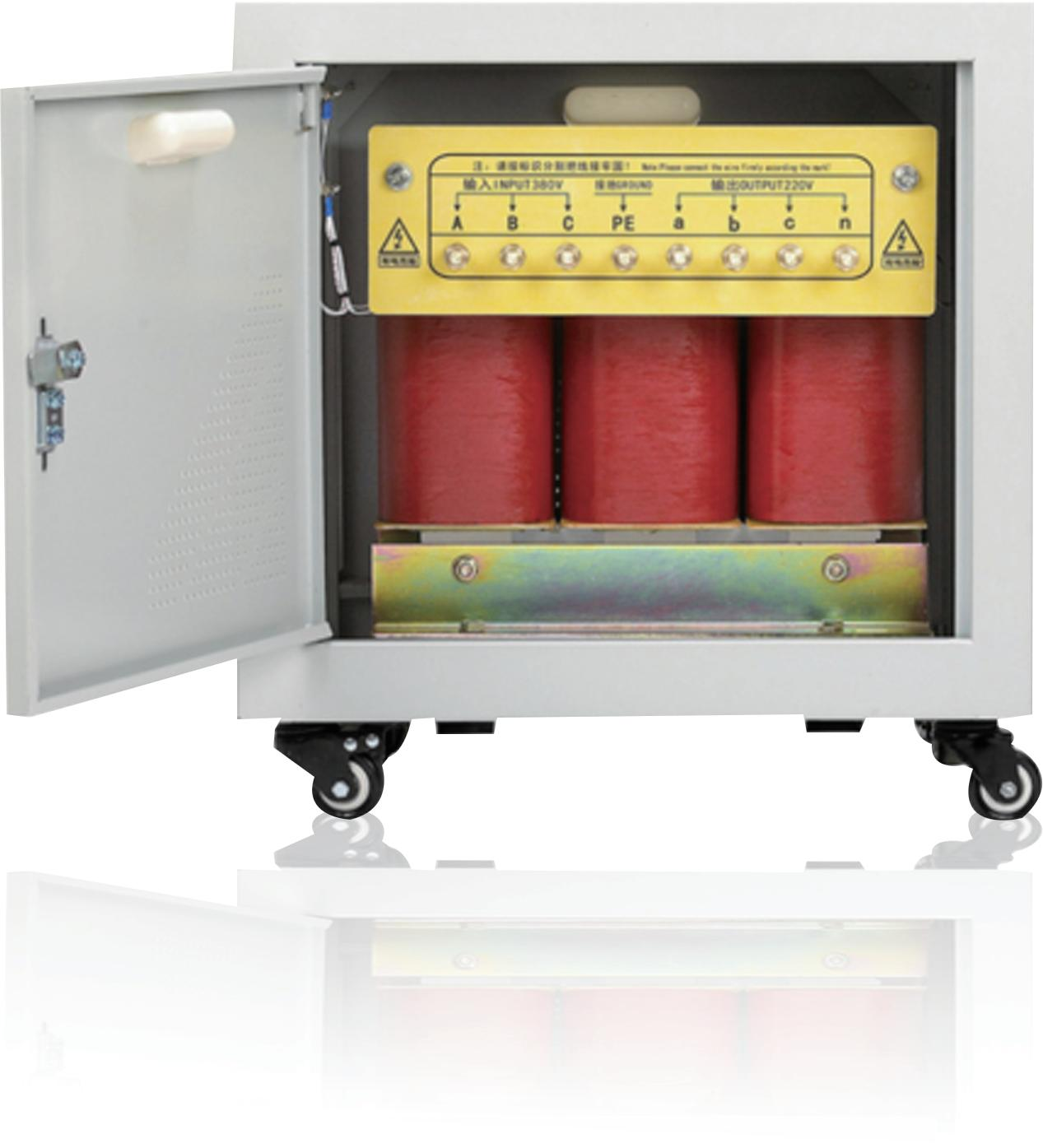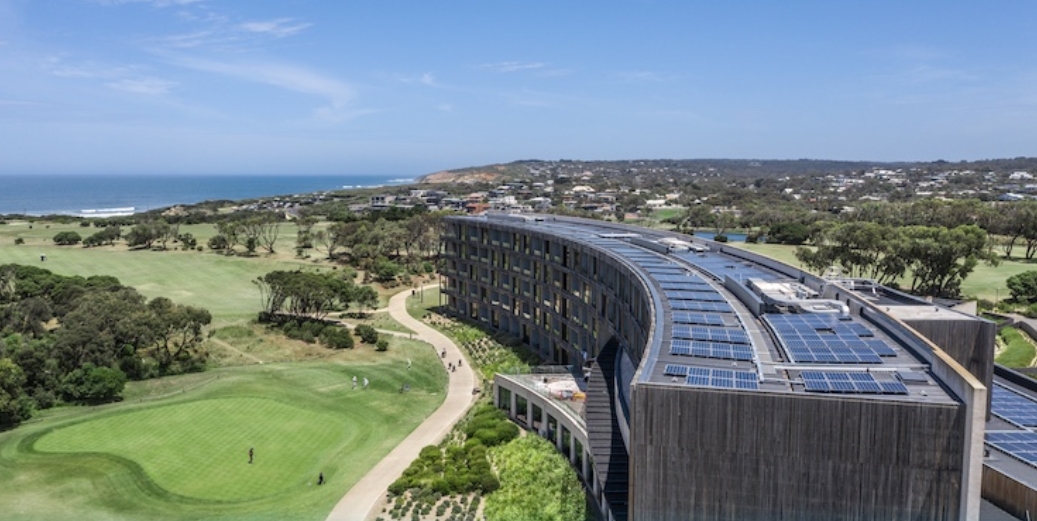
Wedoany.com Report-Jan 17, Australia’s original motoring club continues its move into renewable energy with the launch of its own solar and battery backed virtual power plant – and it is inviting businesses to join.
The RACV started its virtual power plant (VPP) using the solar and battery systems at its Torquay and Inverloch resorts to make money through Frequency Control Ancillary Services (FCAS) and arbitraging in wholesale energy markets.
The insurer turned services provider, solar installer and energy retailer says the VPP is one of the first to operate in the very-fast FCAS market, where participants must be able to react within a second to either raise or lower grid frequency.
Each resort has a 500kW/500kWh battery, while the Torquay site has a 515KW rooftop solar system and Inverloch a 95KW solar system.
RACV general manager of energy services Greg Edye says the ideal VPP candidate would be a business with flexibility to shift or reduce loads during peak periods.
Although the RACV started as a motoring club offering roadside assistance and insurance, it has lately transformed into a residential and commercial solar and battery installer as well as a purveyor of tradies, insurance, and holidays.
RACV Solar has become grown into one of the biggest solar installers and retailers in the country since its takeover of regional Victorian success story, Gippsland Solar back in late 2019.
A flurry of further acquisitions followed, including of Great Ocean Solar and Electrical, the Merrimbula arm of Pacific Solar, and Bendigo-based regional outfit Cola Solar.
In 2022, RACV extended itself further into the home energy market with a retail electricity offering, called Arcline.
Virtual power plants are yet to really take off in Australia, although there are moves afoot to make them more appealing.
In December, the Australian Energy Market Commission (AEMC) published a rule change that allows VPPs, including those made up of consumer energy resources such as rooftop solar and electric vehicles, to compete with large energy generators within the National Energy Market.
By bringing behind the meter resources into the NEM, not only could these be better integrated into the planning and operating of the grid but the AER also speculated that it could be worth $1.4-1.8 billion in savings from 2025 to 2050.
There has been some criticism of the final design of the new “dispatch mode,” which sets a minimum bidding amount to participate at 1 megawatt (MW).
“For resources that are smaller than 1 MW, this rules out their participation,” the Commission said in the determination at the time.
“For resources that are greater than 1MW but still not significant, it limits how much they can participate during different periods depending on the current status and capability.”
For participants like the RACV VPP, this means the more customers that signs up, the better, and Eyde says he’s seeing “strong interest” from the commercial rooftop solar sector.
Conveniently, future business customers don’t need to have solar or batteries already installed, because commercial solar battery design, procurement, and installation is now a big part of business.
“There is no requirement to already have a solar and battery system installed if customers want to take the option of joining the RACV Virtual Power Plant,” says Eyde.
“In addition to solar and batteries, other assets such as heat pumps and other flexible energy loads could potentially be integrated into the RACV Virtual Power Plant and be very valuable assets, provided they can be monitored and controlled in line with the orchestration requirements.”

